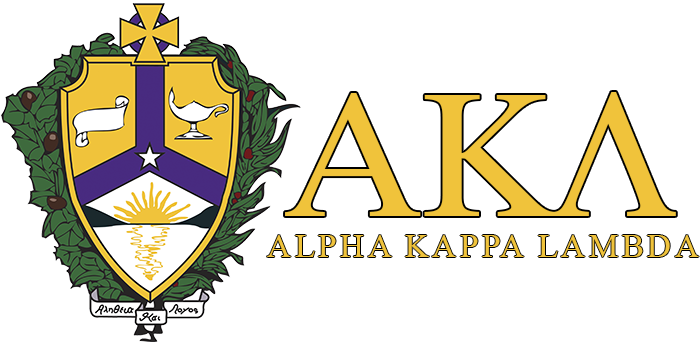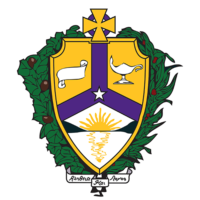
Alpha Kappa Lambda was founded on April 22, 1914, by a group of young men attending the University of California, Berkeley. Notably, it was the fi rst fraternity established on the West Coast, expanding eastward at a time when most fraternities originated on the East Coast and expanded west. However, the fraternity’s roots trace back to 1906, when a group of friends recognized the “need for Christian men to have a place to live and study within their financial means.”
rst fraternity established on the West Coast, expanding eastward at a time when most fraternities originated on the East Coast and expanded west. However, the fraternity’s roots trace back to 1906, when a group of friends recognized the “need for Christian men to have a place to live and study within their financial means.”
Following their participation in the cleanup efforts after the Great San Francisco Earthquake of 1906, four students revisited their vision to create a house club during a YMCA conference in Pacific Grove, California. This led to the formation of Los Amigos in 1907, a house club whose name means “The Friends” in Spanish. Soon after, seven more men joined the original four, forming a close-knit group of eleven. Reverend Gail Cleland, one of the founding members, reflected on the club’s resilience, saying, “When we organized Los Amigos as a house club… house clubs and fraternities were dime a dozen. They came, they lived for a few months or a few years, then they went out of existence again. But Los Amigos did not go out of existence.”
Cleland further explained that, seven years later, in response to a suggestion by Benjamin Ide Wheeler, president of the University of California, Los Amigos formally organized as a national fraternity with a single chapter. The founders were a diverse group united by their commitment to studious living, integrity, and brotherhood that would extend beyond their college years.
Below are brief profiles of the eleven founding members of Los Amigos, listed in the order their names appeared on the club’s original constitution. They were “typical” college men in many ways, yet uniquely dedicated to fostering brotherhood, scholarship, and service:
- Herman Ritchie “Dickie” Bergh: A sociable and well-liked member, Bergh was often short on money but rich in friendships. A student in the College of Social Sciences, he graduated in 1912 and initially aspired to be a foreign missionary. He later worked briefly in South America before entering the real estate business in Los Angeles.
-
Harold Alonzo “Hal” Savage: A law student and politician within the club, Savage gained early recognition by being elected President of his sophomore class. He graduated in 1910 and became a prominent attorney specializing in mining law.
-
Allen Holmes Kimball: An architectural student who used his artistic talents to decorate the club’s modest house, Kimball graduated in 1910. He later designed the new Alpha Chapter house and became a distinguished professor of architecture at Iowa State University.
-
Charles Oscar “Oscar” Perrine: A brief member of Los Amigos who graduated in 1910, Perrine later assisted in expanding the fraternity. Described as “tall, strong, and silent” with wisdom and balance, he was involved in ranching and later became a notable commercial photographer.
-
Ludwig Rehfuess: Registered in the College of Mechanics, Rehfuess was full of energy and held some radical opinions but was deeply genuine. Tragically, he drowned in Yosemite Valley in June 1911, just a year after graduating. His name is honored as the first entry in the fraternity’s Omega Chapter.
-
Gail Cleland: Known for his serious demeanor and dignified influence, Cleland graduated from the College of Letters in 1909. He traveled to Japan as an educator and later entered the ministry. Cleland was the last surviving founding member, passing away in 1977.
-
Charles Junius “Charlie” Booth: An agriculture student and skilled debater, Booth was the club’s idealist who helped establish its early standards. He graduated in 1908 and became a respected educator and Dean of Men at a California college for nearly four decades.
-
William Barnum: A natural sciences student active in the Glee Club, Barnum became a well-established educator in California after graduation.
-
Leonard Herington Day: An agriculture student known for his steady, dependable nature, Day specialized in agricultural research and education and later became a renowned entomologist in California.
-
Harry Levi Osborne: The group’s “inspirer” and affectionately called “Daddy,” Osborne dedicated his life to the YMCA movement and was widely respected as a Christian leader.
-
Joseph Leon “Joe” Taylor: Described as quiet but reliable and dependable, Taylor graduated in 1908 and went on to teach mathematics and engineering.
Together, these founders laid the foundation for Alpha Kappa Lambda’s enduring values of brotherhood, scholarship, and service—principles that continue to guide the fraternity today.




